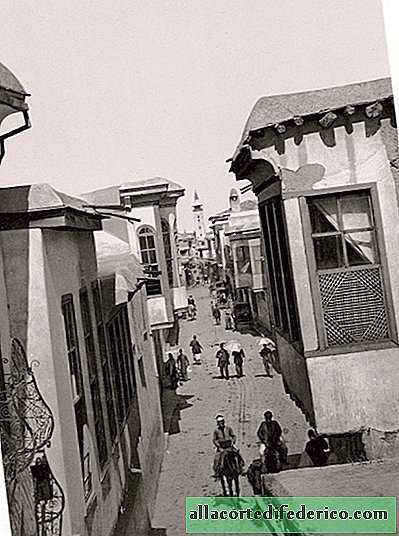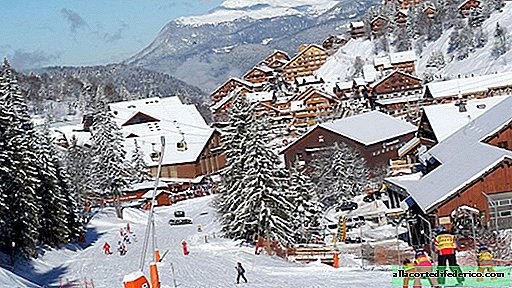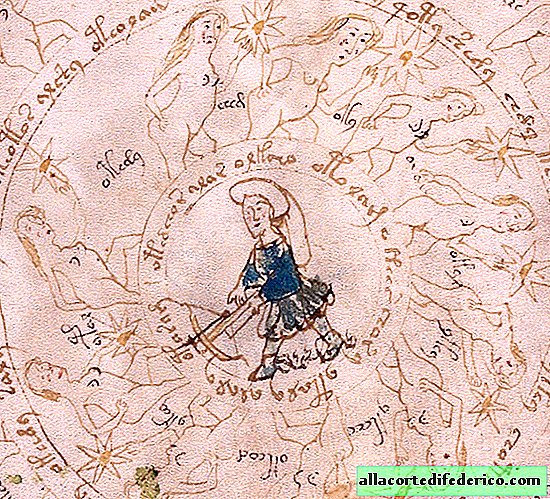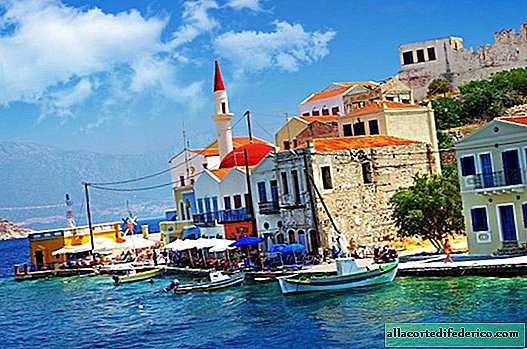How ancient civilization of India survived in a drought
The existence and prosperity of most civilizations of the ancient world depended heavily on crop yields. Frequent droughts causing crop failures could lead to famine, epidemics, and internal unrest in the country. There are frequent cases when years of poor harvest put entire nations on the brink of extinction. There are many similar examples in history. In this regard, the Indian or Harappan civilization, which managed to survive periods of terrible droughts and flourish for 2,000 years, is of particular interest to scientists.

Indian civilization occupied the largest area among other ancient Eastern civilizations, and the population in the years of maximum prosperity reached 5 million people. This is a very high figure by the standards of the Ancient World. Harappan civilization existed from 3300 to 1300. BC. It was a highly developed culture with bronze metallurgy, sophisticated architectural skills and beautiful art. But the basis of the state was primarily agriculture. Although it was highly developed agriculture with an irrigation system, with a variety of cultivated crops and advanced technologies, but still the crop was largely determined by weather conditions.
The fact is that the center of civilization was located in the fertile Indus Valley. The climate of this territory at that era was distinguished by favorable indicators for farming. But there were droughts. Nevertheless, the ancient Indians managed to grow enough grain and other crops to feed the 5 millionth population.

According to scientists, the monsoon provided the basis for the survival of this civilization. Such rainy seasons, which do not occur simultaneously in different places in India, happen once or twice a year. Of course, there were natural disasters when the monsoons were late or did not arrive at all. Interesting finds were discovered by archaeologists during excavations of the ancient city of Rakhigari. It turned out that the farmers of the Harappan civilization simultaneously grew several types of cereals and vegetables with different moisture requirements and growing periods.

While contemporaries of the Harappan culture - Mesopotamia and Ancient Egypt - mainly cultivated wheat and barley, in India they cultivated rice, millet, barley, two different types of wheat, as well as legumes. But the most interesting was that all the largest cities were located in areas where monsoons were observed twice a year. That is, the ancient Indians harvested two crops a year, with different crops. And in the event that, for example, one monsoon did not come, the Indus farmers were insured by the arrival of the second. Thus, it was possible to maintain at least half of the crop. According to scientists, this explains the fact that Indian civilization has experienced more than one drought, as well as many of its ancient neighbors.

















